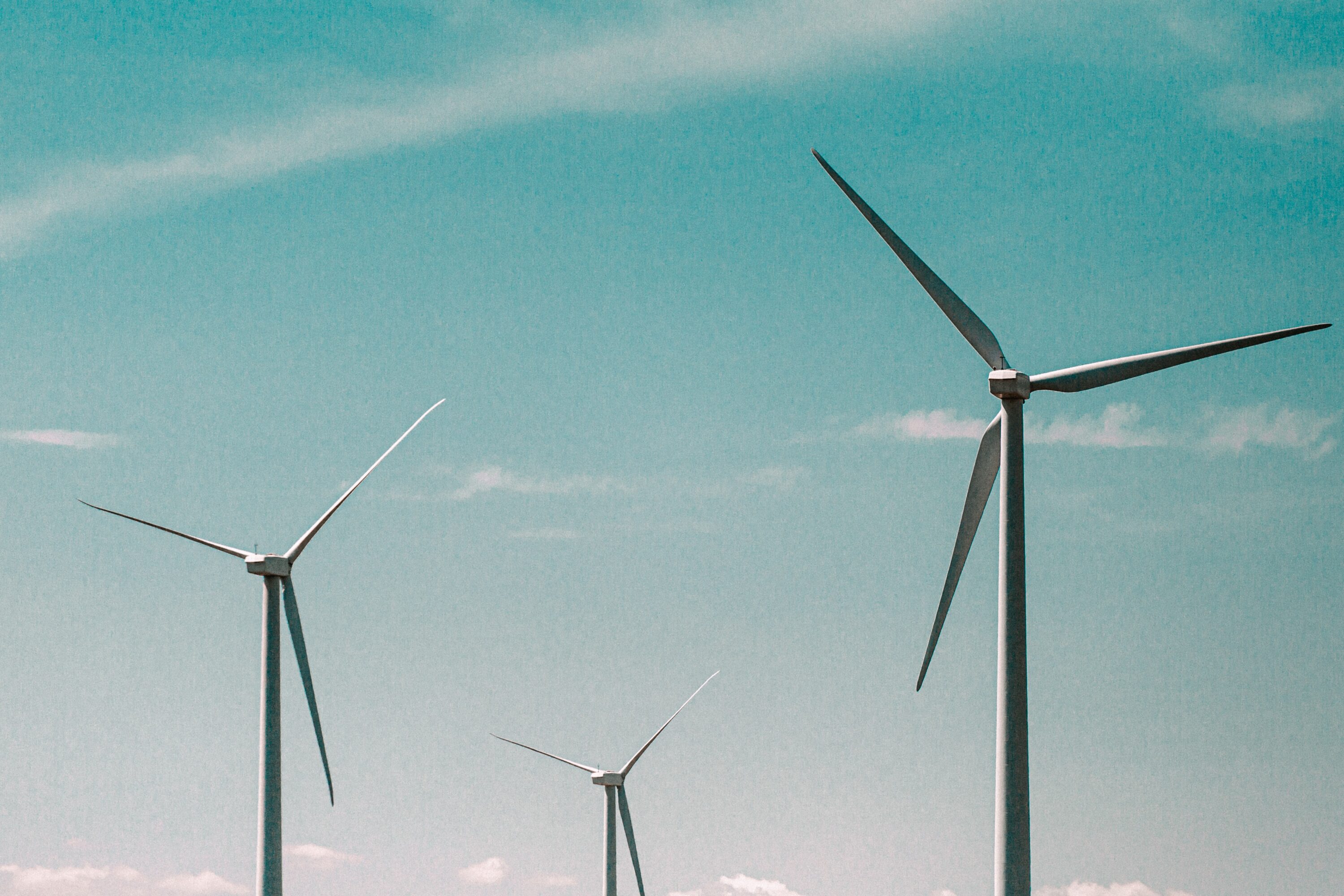California’s first-ever auction for offshore wind leases just brought in more than $757 million in bids.
The Department of the Interior announced the winning bids on Wednesday, which cover five sites located off of Morro Bay and off of Humboldt County.
David Chiu is San Francisco City Attorney and a former Assembly member who authored a bill to kickstart offshore wind.
“When you walk over to the coast and feel the wind blowing on you 20 to 30 miles off the California coast from our Oregon border all the way down to Mexico,” said Chiu, “there is enough offshore wind to power the entire electrical grid: clean, green, 100% renewable, which is remarkable.”
Chiu is one of a hundred local officials who gathered this week at the California Climate Emergency and Energy Security Summit, hosted by the California Energy Commission in Sacramento.
In a published letter to Gov. Gavin Newsom, the group praised the state’s efforts to support offshore wind so far, in particular – the $45 million budget allocation made to expand California’s ports.
Another speaker at the conference – Habib Dagher, Ph.D, executive director of the University of Maine’s Advanced Structures and Composites Center – has invented the first floating wind turbine that can provide power to the grid.
He said California needs a statewide plan to facilitate offshore wind while protecting the environment, local communities, the fisheries, and indigenous communities.
“I think the U.S. has an opportunity to lead in the floating space,” said Dagher. “I think what we need to do is work together. We need to work together on permitting. Permitting slows things down more than anything else.”
The Biden administration has set a goal of building 30 gigawatts of offshore wind energy capacity by 2030 and 15 gigawatts of floating offshore wind capacity by 2035.
Written by Suzanne Potter, Producer for Public News Service







